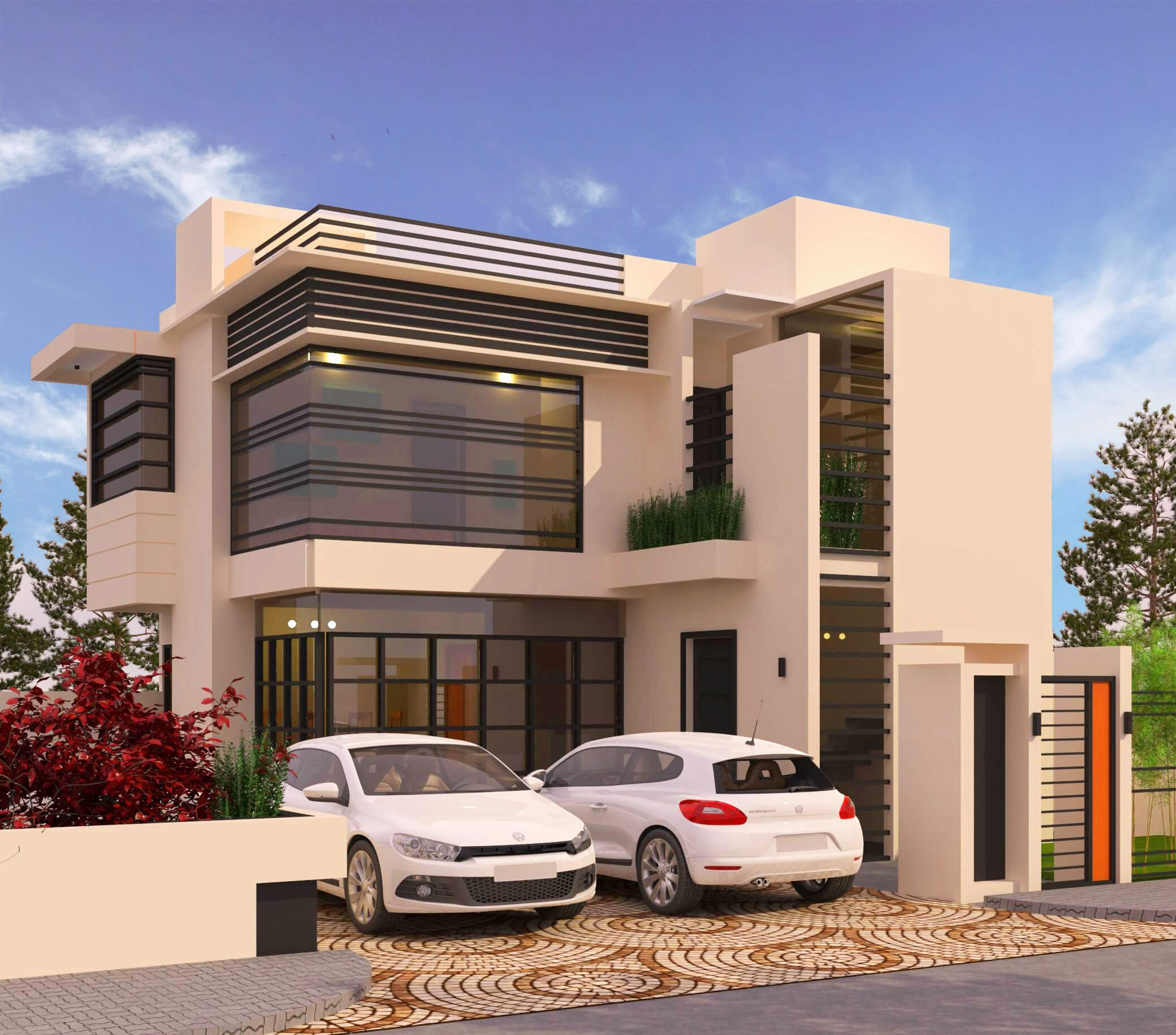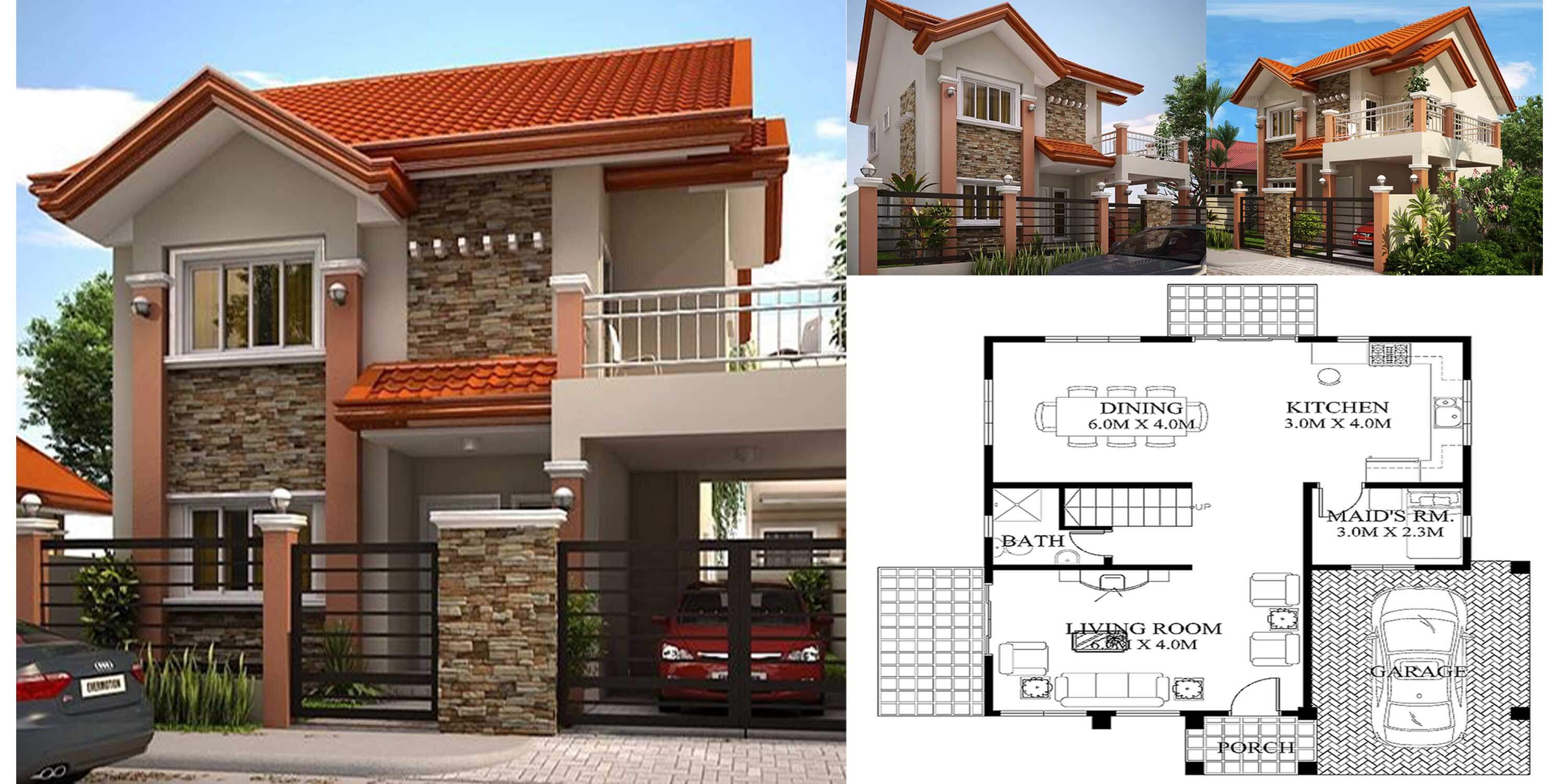

Ībout 86 to 87 percent of the Philippine population belong to the 19 ethnolinguistic groups are classified as neither indigenous nor moro. Meanwhile, the non-Moro peoples of Mindanao are collectively referred to as the Lumad, a collective autonym conceived in 1986 as a way to distinguish them from their neighboring indigenous Moro neighbors. For example, the indigenous peoples of the Cordillera Mountain Range in northern Luzon are often referred to using the exonym "Igorot people," or more recently, as the Cordilleran peoples. : 6 Some of these people groups are commonly grouped together due to their strongly association with a shared geographic area, although these broad categorizations are not always welcomed by the ethnic groups themselves. : 6Ībout 142 of the Philippines' Indigenous People groups are not classified as moro peoples. The Muslim-majority ethnic groups ethnolinguistic groups of Mindanao, Sulu, and Palawan are collectively referred to as the Moro people, a broad category which includes some indigenous people groups and some non-indigenous people groups. : 6 Various migrant groups have also had a significant presence throughout the country's history. About 142 are classified as non-Muslim Indigenous People groups, and about 19 ethnolinguistic groups are classified as neither indigenous nor moro. Traditionally-Muslim peoples from the southernmost island group of Mindanao are usually categorized together as Moro peoples, whether they are classified as Indigenous peoples or not. The Philippines is inhabited by more than 182 ethnolinguistic groups, : 5 many of which are classified as "Indigenous Peoples" under the country's Indigenous Peoples' Rights Act of 1997. Main article: Ethnic groups of the Philippines

Settlement on the islands by its many ethnic groups and the cultural exchanges that shaped the cultural histories of those groups was enabled and defined by maritime and riverine transport - with travel by oceans and rivers serving as these cultures' main way of relating to each other, and long inland mountain ranges being the major physical hindrance to cultural linkages between various groups. It is made out of 7,641 islands with a total land area of 300,000 square kilometers (115,831 sq mi), and an exclusive economic zone that covers 2,263,816 square kilometers (874,064 sq mi) of sea, covering an area 200 nautical miles (370 km) from its shores. It is the world's fifth largest island country and is one of the five original archipelagic states recognized under the United Nations Convention on the Law of the Sea (UNCLOS). The cultural diversity of Philippines is the result of the fact that it is an archipelagic state.

The Philippines' culture is shaped by its archipelagic geography, topography and physical location within Maritime Southeast Asia, all of which defined the cultural histories of the country's 175 Ethnolinguistic groups. Main articles: Geography of the Philippines and Ethnic groups in the Philippines Indirect cultural exchange and some trade also took place with the Indian subcontinent and Arabia. The largest of these, such as Butuan, Tondo and the Sultanate of Sulu were complex political formations based on the deltas of the archipelago's biggest river systems, with political and trade relationships with polities further upstream on one hand, and with the political and trading powers of Maritime Southeast Asia and East Asia such as the Sultanate of Brunei, the Majapahit empire, the Qing and Ming Dynasties of China, and even Japan. These polities consisted of about thirty to a hundred households, and were ruled by leaders with titles. The Austronesian culture is strongly evident in the ethnic majority and languages.īefore the arrival of European colonizers in the 1500s, the various ethnic groups of the Philippines were organized into various independent polities, which historians have come to call " barangays". After those early settlers, the Austronesians arrived on the archipelago. Further information: History of the PhilippinesĪmong the contemporary ethnic groups of the Philippine archipelago, the Negritos are generally considered the earliest settlers today, although few in numbers, they preserve a very traditional way of life and culture.


 0 kommentar(er)
0 kommentar(er)
